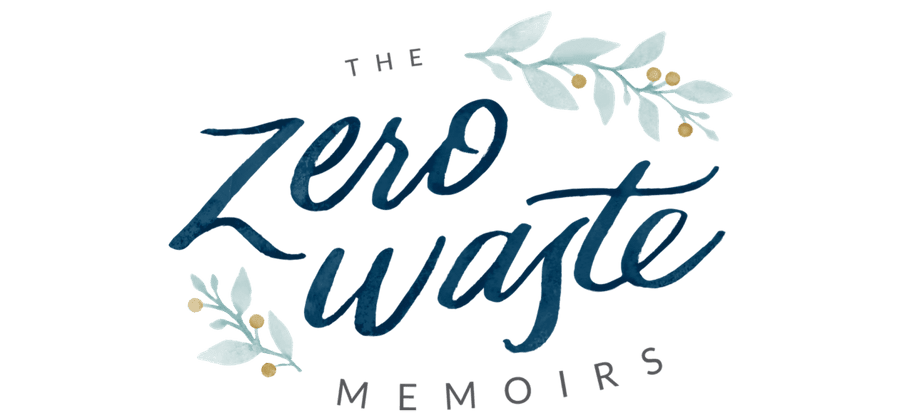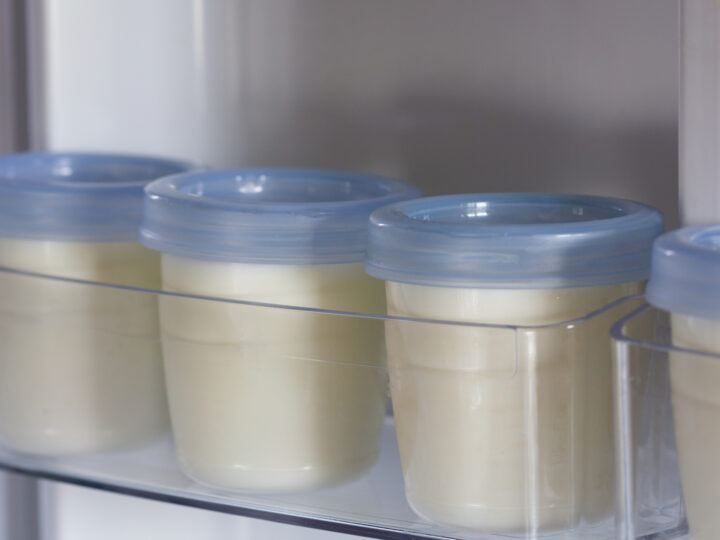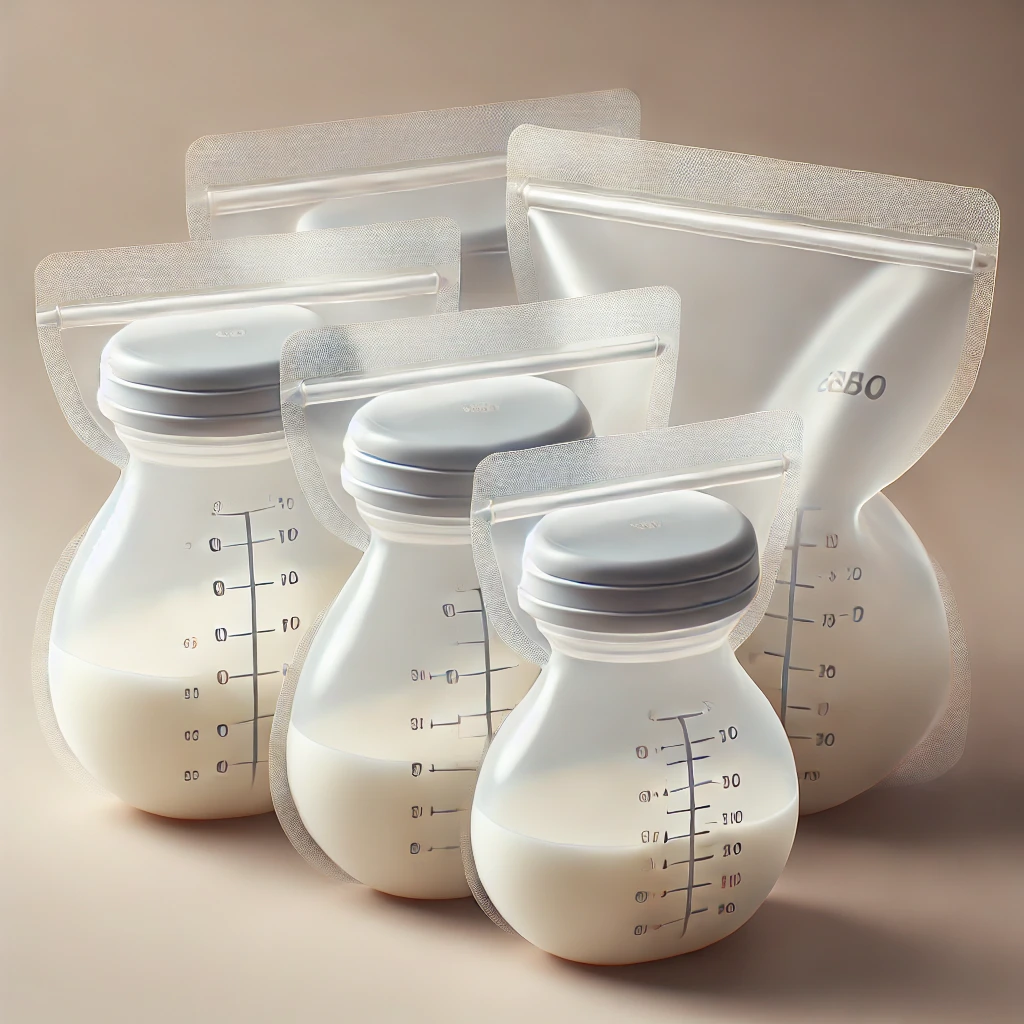While breastfeeding is a beautiful way to bond with your baby and give them a nutritious immunity boost, it can generate a lot of waste, including disposable breast pads, nipple cream containers, and breast milk storage bags. One of the easiest ways to reduce your waste as a breastfeeding mom is to ditch the baggies and find more sustainable breast milk storage solutions.
Keep reading to discover why so many moms are moving away from plastic breast milk storage and find some of our favorite eco-friendly and plastic-free options below.
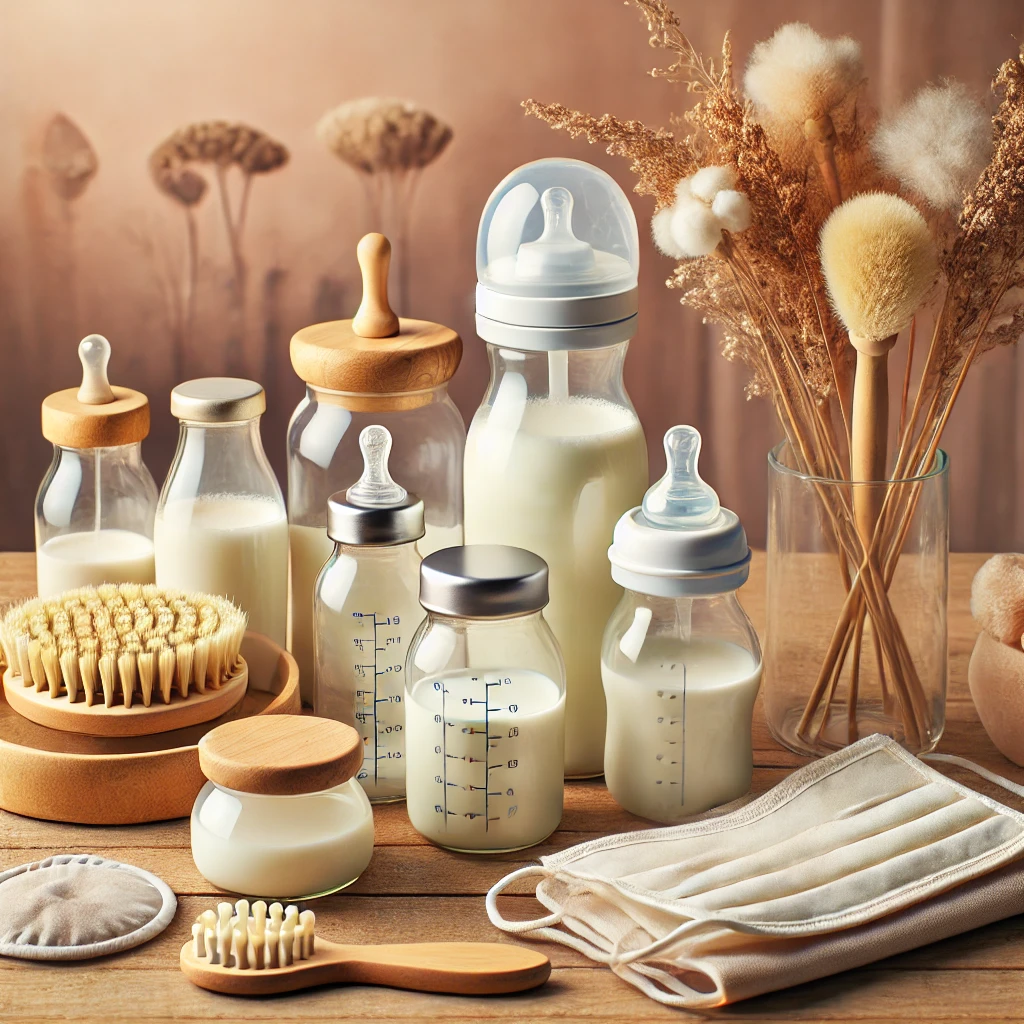
Table of Contents
Why Opt for Plastic-Free Breast Milk Storage?
Some plastic storage containers leach chemicals that negatively affect human health, such as BPA (bisphenol A) and phthalates, into breast milk. While most companies now produce BPA-free, ‘safe’ breast milk storage containers, there isn’t enough research into the effects of other chemicals found in plastic. A recent study found household plastics to leach over 8000 different chemicals, only 8% of which scientists could identify.
Disposable breast milk storage bags are single-use plastics that often end up in landfills or wash into our waterways and oceans, which can harm birds and animals.
Plastic in landfills never truly decomposes – only breaking down into microplastics over hundreds of years. Recycling plastic still uses energy, and there is a limit to the number of times a plastic container can be recycled, making reusable containers a far more sustainable choice.
What About Biodegradable Breast Milk Storage Bags?
Sadly, ‘biodegradable’ (sometimes called ‘photodegradable’ or ‘oxy-degradable’) breast milk storage bags are almost identical to the regular ones. These plastics contain extra chemicals that help them break down faster than typical plastics when exposed to oxygen and light. They might break down faster, but they never actually decompose – only fragmenting into nano plastics that are nearly impossible to recover for recycling.
Bioplastics, on the other hand, come from plant material, often corn starch, that can decompose biologically, making them an eco-friendlier alternative to biodegradable plastics. Bioplastics are supposed to be compostable, but they can be difficult to process without an industrial composter and may contaminate your compost, making it unsuitable for growing food.
However, the FDA has not approved most bioplastics as food-safe, making them unsuitable for breast milk storage bags.
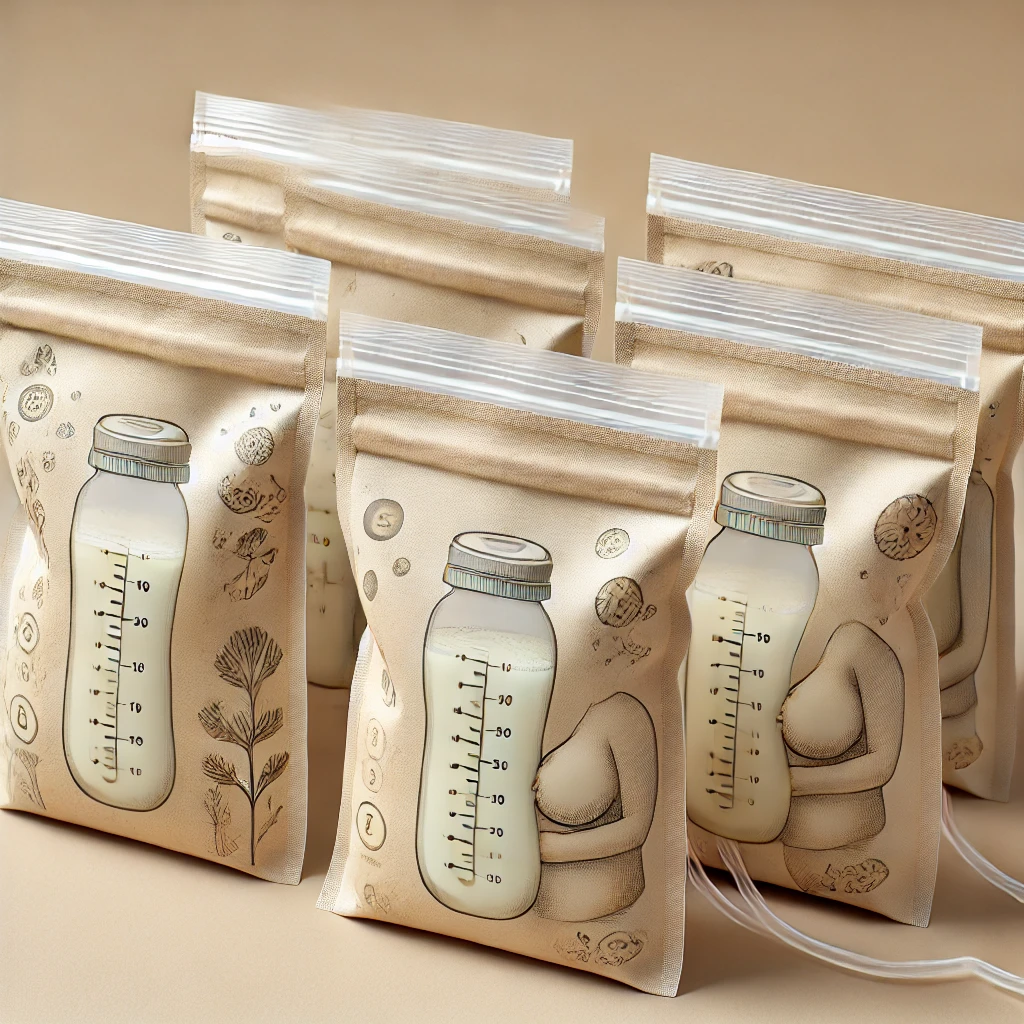
Eco-Friendly Breast Milk Storage Ideas
You can’t always feed your baby on demand, and pumping and storing breast milk allows friends, family, and sitters to satisfy your little one while you get some rest or much-needed me-time. Luckily, there are many ways to store breast milk without single-use plastics – here are three of the best breastmilk storage options for eco-conscious moms.
Mason Jars or Glass Breast Milk Storage Jars
Mason jars are ideal if you are looking for non-plastic breast milk storage containers, and glass is a natural, durable material that is 100% recyclable. Using glass jars to store breast milk is cost-effective, and you can re-purpose them once your baby starts eating solid foods. They are easy to wash and sterilize, and using them eliminates the risk of plastic chemicals leaching into breast milk.
Glass jars are less likely to leak in your diaper bag, and it’s easy to transfer milk from the pump to the container – you can even get silicone nipples that turn Mason jars into glass baby bottles. The only downside to using glass jars is their bulky shape and size, which can take up a lot of space in the fridge or freezer.
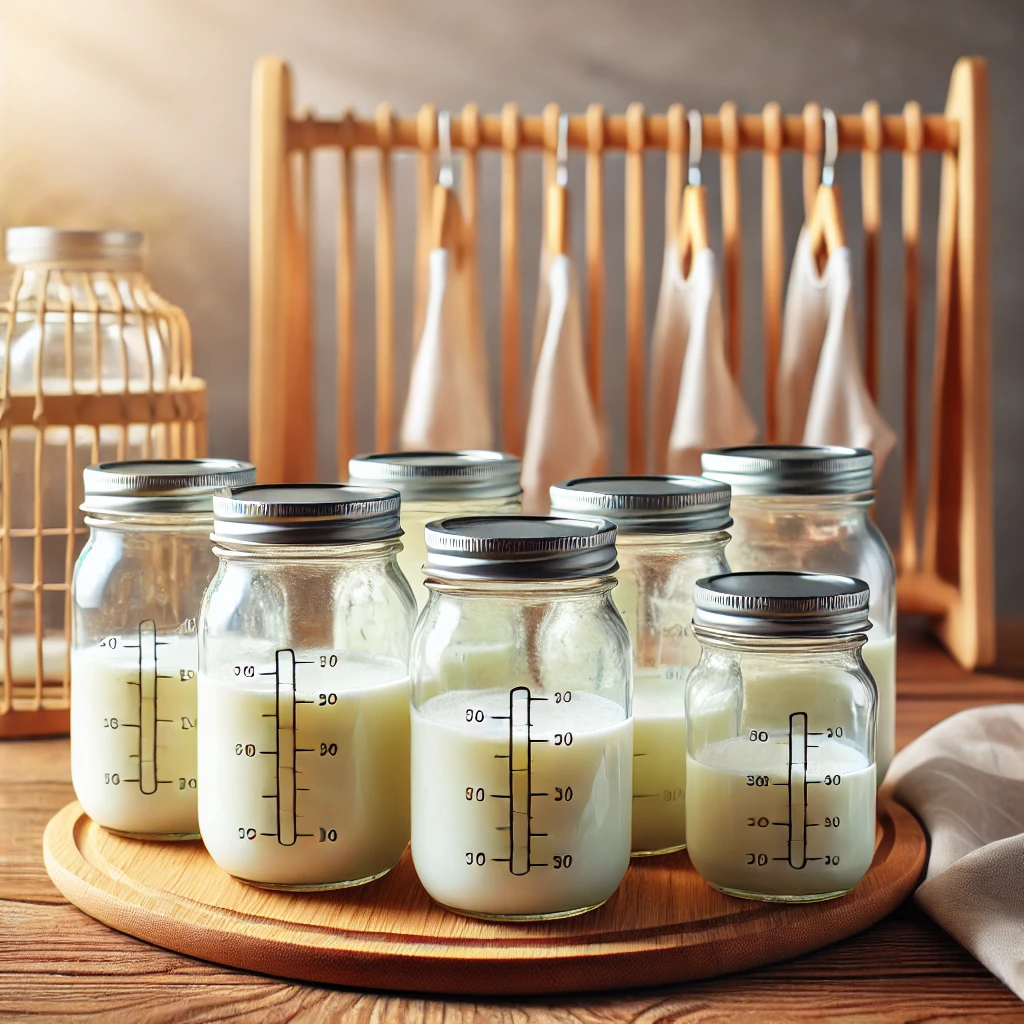
Soak glass jars in boiling water for 20 minutes or pop them in the dishwasher to sterilize before each use. You can keep freshly pumped breast milk for about four hours at room temperature, four days in the fridge, and up to six months in the freezer. Remember to leave some space at the top of the jar when freezing breast milk to allow for expansion and prevent the glass from cracking.
Place the Mason jar in lukewarm water for 20 minutes, leave it on the counter for an hour or two, or keep it in the fridge to thaw frozen breast milk safely. Do not re-freeze previously thawed breast milk.
Glass Breast Milk Jars from Mason Bottle
These glass breast milk containers from Mason Bottle are dishwasher and freezer-safe, easy to clean, and compatible with Mason Bottle silicone nipples and sippy tops. They also have embossed volume markings down the side and come in sets of four or twelve featuring various 4 oz and 8 oz jars.
Glass Baby Food Jars from WeeSprout
WeeSprout’s glass baby food jars come in a set of twelve 4 oz glass jars with colorful air-tight lids that keep the contents fresh. These are perfect for storing breast milk and solid foods and are freezer, microwave, and dishwasher-safe. The set comes with a dry-erase marker for easy labeling.
Glass Breast Milk Containers from Matyz
This 4-pack of glass breast milk containers comes with interchangeable lids and silicone nipples, allowing you to store milk and feed your baby from one container. The wide-neck borosilicate glass design is leak-proof, easy to clean, and scratch-resistant.
Silicone Breast Milk Storage Bags
Silicone is a synthetic rubber that comes from naturally-occurring silica, and it uses less energy to make silicone bags than it does to make plastic ones. These reusable breast milk storage bags are lightweight, heat-resistant, BPA-free, easy to clean and take up less space in the fridge or freezer than glass jars. Silicone is (sometimes) recyclable, and you can re-purpose the storage bags for trail mixes and purees once you’ve finished breastfeeding.
The only downside to reusable silicone storage bags is the cost – they usually only come in packs of two or four, and it can be expensive to buy enough of them to store large quantities of breast milk. If you plan to breastfeed a few babies over the coming years, silicone bags are worth the investment. They are prone to falling over in the fridge, so it’s best to prop them up in a container for easy storage.
Wash your silicone bags in warm soapy water or the top rack of the dishwasher after each use, and sterilize them in boiling water for five minutes before refilling them. Many silicone bags come with attachments for fresh breast milk storage directly from the pump. Allow your storage bags to dry completely before filling them with breast milk, and squeeze out the excess air before freezing.
Place the silicone bags in warm water for a few minutes, or leave them in the fridge overnight to thaw the breast milk before warming it for your baby. Always store these bags upright to prevent leaks, and never re-freeze thawed breast milk.
Silicone Breast Milk Storage from Haakaa®
These reusable silicone breast milk bags come in a convenient 5-pack with silicone straps on the stoppers, allowing you to carry them around without leaks. You can also fold up these bags and secure them with the carry straps after use, and they come with cute paper tags to mark each bag.
Reusable Breast Milk Storage Bags from JUNOBIE
JUNOBIE is the pioneer of reusable breast milk storage bags that grow with your baby, doubling as a baby food container or toddler snack pack. Their self-standing design helps prevent leaks when transferring breast milk from the pump, and they come in a range of colors.
Zip Top Reusable Silicone Breast Milk Bag
Made in the USA, Zip Top’s silicone breast milk bags feature single-piece construction that eliminates hard-to-reach corners and makes cleaning them quick and easy. You can write directly on the silicone to mark your breast milk, and the wide neck prevents messes when transferring milk.
Breast Milk Storage Trays
If you have limited freezer space and you’re wondering how to freeze breast milk without bags, consider using a breast milk storage tray. Unlike regular silicone ice cube trays, breast milk trays have removable covers to protect the milk from freezer burn, and they usually produce narrow blocks that fit in baby bottles better than cubes.
These silicone trays are flexible and may spill when holding thawed breast milk, and you should only use them in the freezer. Freezer breastmilk storage ideas like these are perfect for newborns, allowing you to thaw small quantities at once and prevent wastage. You can also transfer your frozen breast milk cubes to a silicone bag or glass container to build a bigger stash as your baby grows.
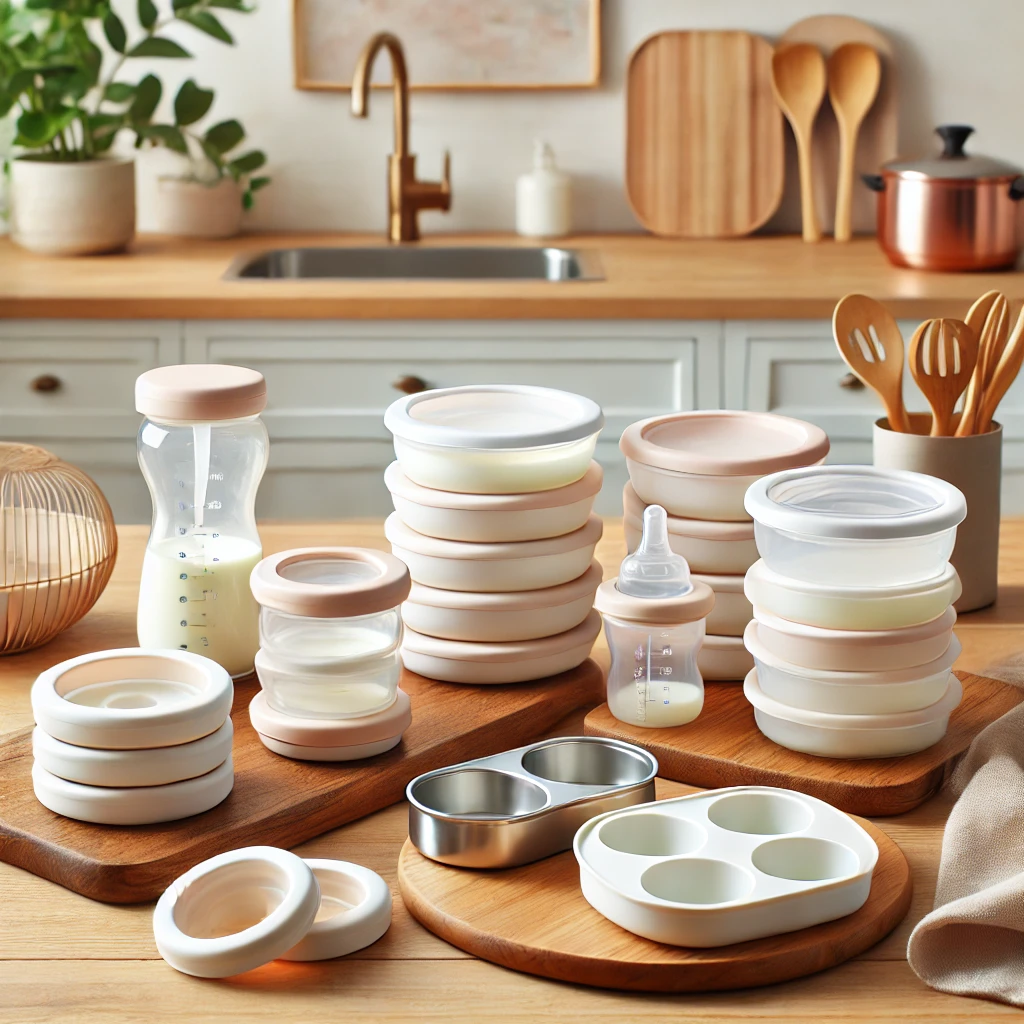
To thaw frozen breast milk cubes, pop them out of the silicone tray and place them in the fridge in a sterilized bottle. You can also leave them out at room temperature for a few hours or stand the bottle in lukewarm water for ten minutes to thaw the cubes.
Silicone Baby Food Tray from Kiddo Feedo
This baby food storage tray has nine spaces for 2.5 oz pods, perfect for freezing breast milk and baby food. This silicone tray is naturally odor and stain-resistant and makes a fun snack tray for toddlers when they start eating solid foods.
Baby Food Freezer Tray from haakaa®
This freezer storage tray is ideal for baby food and breast milk, with small holes in the lid that allow steam to escape for faster freezing. The one-piece design has no joints or cracks, making it easy to clean and sterilize, and this tray is microwave and dishwasher safe.
Breast Milk Freezer Trays from Tiny Tots
These breast milk freezer trays come in a 2-pack with leak-resistant lids. Each tray holds ten 1-ounce portions of breast milk, helping you customize how much milk you thaw at once and eliminate wastage. The narrow bars fit easily into bottles and thaw quickly too!
Breast Milk Storage FAQ
Are breast milk storage bags safe?
Yes, breast milk storage bags use thick, BPA-free plastic designed to freeze and thaw breast milk. However, the best safe breastmilk storage option is glass, or silicone. Never use ordinary plastic freezer bags or containers that are not FDA-approved for breast milk.
Can I mix breast milk from different days?
It is not good to combine refrigerated and freshly-pumped breast milk from different days. You can safely mix milk from the same day, provided you allow both to cool to the same temperature before combining them.
How many breast milk bags do I need?
2 – 4 ounces are usually enough breast milk to feed your baby once, and you should store enough bags for the number of times your baby drinks between pumping. Keeping a few 1-ounce bags is ideal as snacks for your little one between meals.
Why does my breast milk change color in the freezer?
It’s normal for breast milk to separate in the freezer and the color can change based on your diet. Frozen breast milk often looks yellow, orange, or even slightly pink or green.
There are loads of DIY breastmilk storage options out there to help you reduce your single-use plastics consumption and keep your baby’s milk safe and fresh in the fridge or freezer. Some breast milk storage ideas for eco-conscious moms include glass Mason jars, reusable silicone bags, and breast milk freezer trays.
No matter how you choose to feed your baby, reducing waste can help preserve the earth for our little ones to enjoy far into the future!
